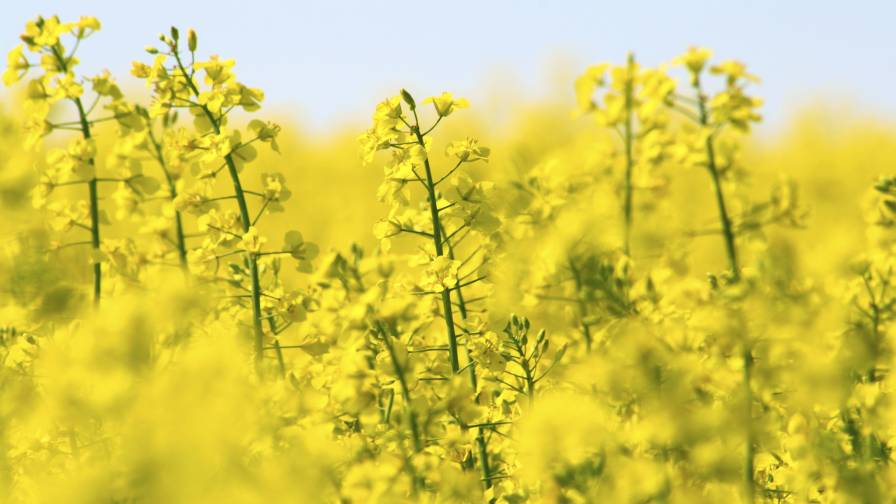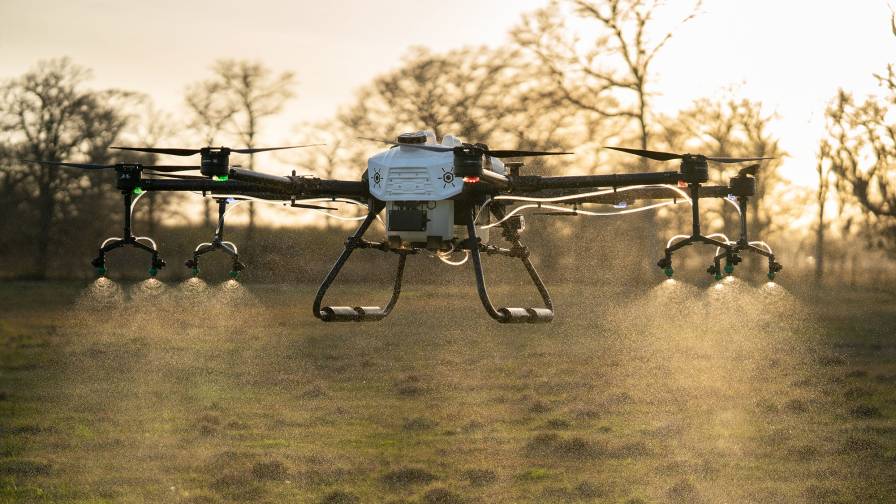Sweden Sets Lofty Organic Goal
Swedish Minister of Agriculture, Food and Consumer Affairs Ann-Christin Nykvist announced the plan in late March. The government plans to urge increased consumption of organic food in the public sector to help reach the goal.
Already a large organic producer, in 2005, organic crops were actually cultivated on about 19% of the total agricultural land in Sweden, or 510,000 hectares, which is close to the stated goal. However, only 7% of total land is currently certified as organic. Under EU and Swedish law, products that are not certified organic may not be sold as organic on the Swedish market. Since only 35% of Sweden’s organic production is certified, 65% of Sweden’s organic production is consequently sold as conventional products.
There are two organizations in Sweden that are recognized by the National Food Administration to carry out inspection and certification, KRAV and SMAK AB. KRAV, the better known of the two, uses standards based on the International Federation of Organic Agriculture Movement (IFOAM) standards for organic production. KRAV is so well known that marketing an organic product in Sweden without this label would be difficult.
Organic farmers in Sweden received US $90 million to support for organic production from the Rural Development Fund (co-financed by the EU) in 2005.
The current Rural Development Fund program runs out this year. The Swedish government has not yet announced the new program for 2007-2013. It has stated, however, that the new program will reflect the government’s goal of more certified organic production.
Currently, about 2% to 3% of the total Swedish food consumption is organic. To increase these figures, the government wants 25% of public consumption of food in schools, hospitals, and other institutions to be organic by 2010.





